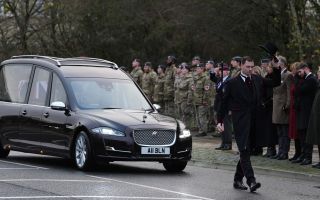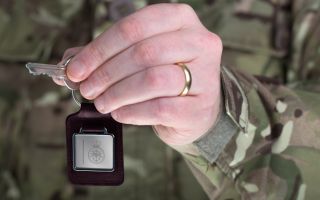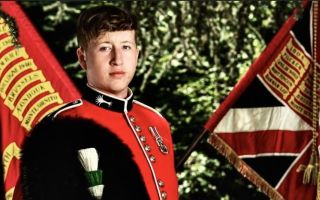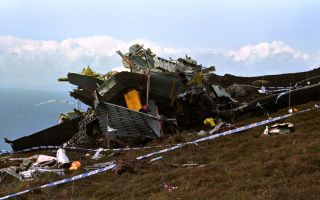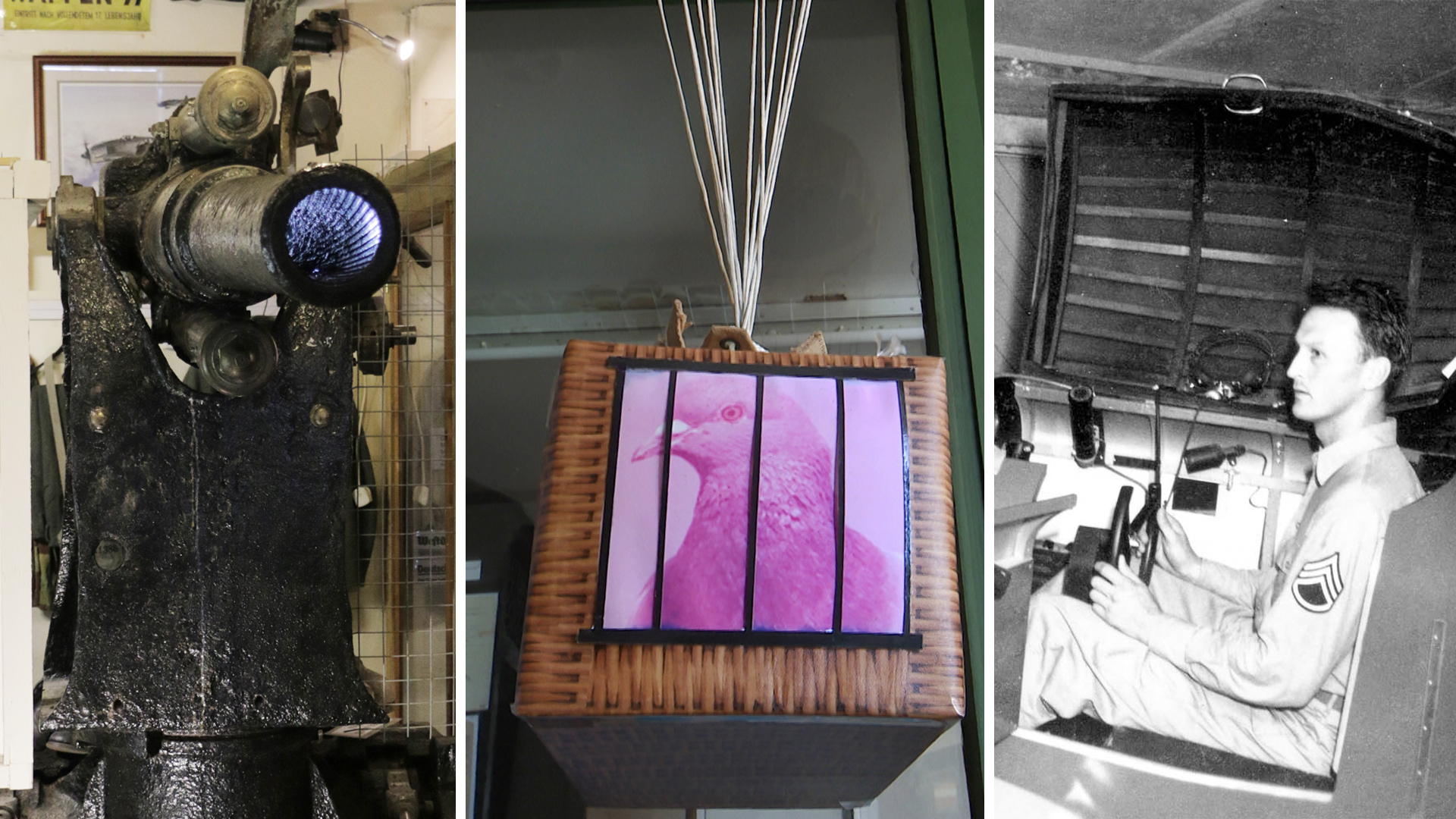
Three Incredible Military Inventions That You Won't Believe Existed

What are the weirdest war inventions you’ve ever heard of?
We asked the question to Steve Perry, the collectomaniac turned curator at the 'Cornwall at War Museum'...
1. The WWI Folding Gun
The gun displayed at the 'Cornwall at War Museum' is thought to be the only one on view to the public in the world.
The so-called “folding gun” was made pre-World War One and using hydraulic rams, it was lowered below the deck of the U-boat that housed it prior to diving and would be brought back up once boat had surfaced.

The example featured in the 'Cornwall at War Museum' was a deck gun from the U-41, a German submarine sunk in 1914 by the SS Baralong.
When the Baralong, which was flying a neutral flag, was intercepted by the U-41, screens were dropped and the submarine was sunk.
This was an illegal act and caused Germany to introduce unrestricted warfare - which was a major event in the World War One.
2. The WW2 Flight Simulator
We think of flight simulators as a modern phenomenon - but the Link Trainer was designed and built in the early 1930s by a man called Link, whose father built church organs.
The machine was capable of turning 360 degrees and rocking in all directions, simulating flying conditions.
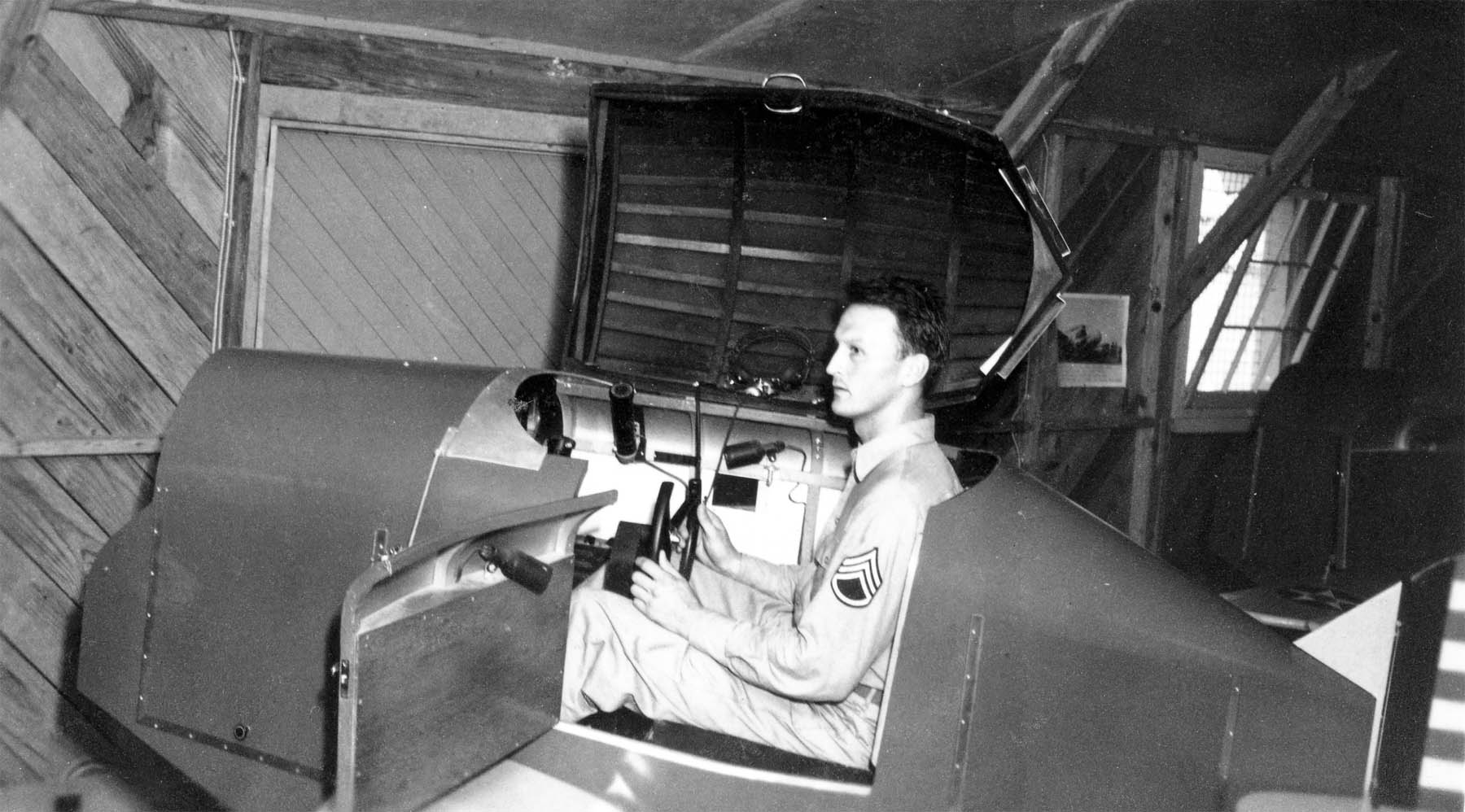
Before the outbreak of war, they weren't in very high demand and were therefore used as fairground rides.
But when World War Two began, demand rose and they were used extensively by the Allies.
As the pilot “flew”, his progress would be charted on a map, allowing him to see his navigation accuracy.
3. The Pigeon Parachute
During the Second World War, Britain had its very own 'Pigeon Parachute Regiment'.
Unbelievably, brave pigeons were packed tightly into boxes and parachuted into occupied Europe.
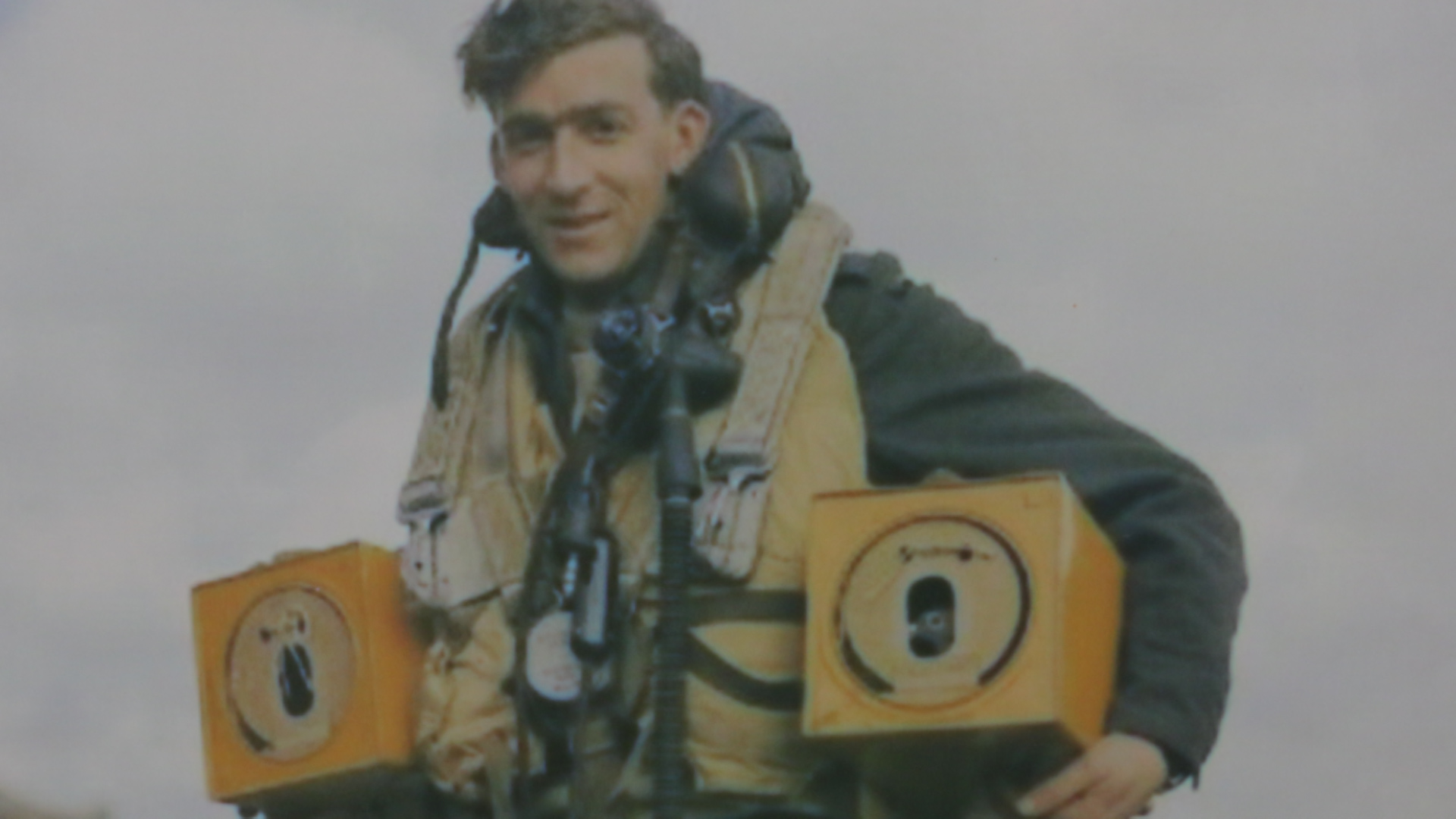
Once there, they were picked up by the resistance and used to carry vital information home.
Fascinatingly, all RAF aircraft in World War Two which were larger than a single-seater would carry two homing pigeons.
This was so that if the aircraft crashed, any survivors could release the pigeon with details of where they were.

